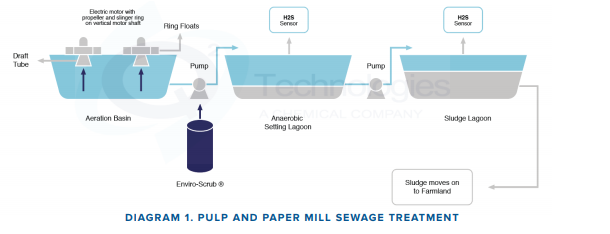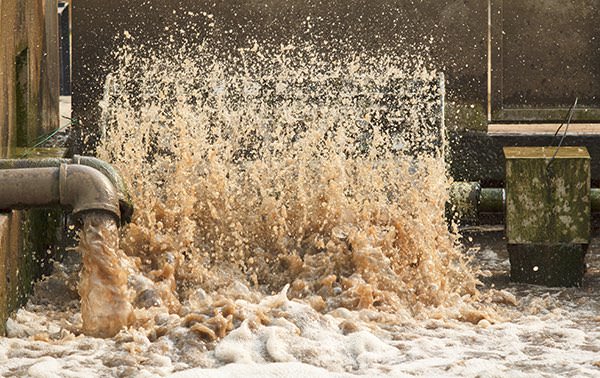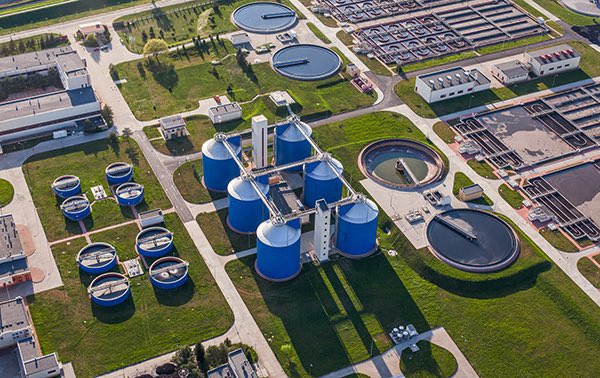BACKGROUND
A large food processor treated 100,000 gallons of wastewater per day. The system consists of an aeration basin, anaerobic settling lagoon, and sludge lagoons as shown on Diagram 1. The system operated without chemical treatment. The customer has considered several treatment options including ferric chloride. Odors from the lagoons led to complaints from neighbors as far as half a mile away. The bad odors smelled like rotten eggs with an underlying odor associated with organic decay.
Because the sludge was spread on farmland, the use of heavy metal salts for odor control was not practical. The use of oxidizing agents such as potassium permanganate and hydrogen peroxide were also considered, but because the organic level in the plant’s wastewater was high, these were not cost effective.

SOLUTION
- After surveying the system, an Enviro-Scrub® program was recommended. To immediately attack the H2S problem, an Enviro-Scrub® Series product designed to prevent the formation of H2S was fed into the system at a point to ensure good product mixing as can be seen in Diagram 1.
RESULTS
- After beginning the Enviro-Scrub® program the H2S odor disappeared. Neighbor complaints ceased, and employees can now work in the vicinity of lagoons without eye irritation. Sludge can also continue to be used on farmland.
Related Case Studies
Wastewater Treatment - Enviro-Scrub® Bio

Biological Treatment of Lift Station
- Enviro-Scrub® Bio is completely eco-friendly and more cost effective than ferric chloride.
- H2S completely eliminated and spikes no longer seen.
Wastewater Treatment - Enviro-Scrub®

Odor Reduction in Wastewater Collection System
- Eliminated odor complaints in neighborhood.
- Enviro-Scrub® is more cost effective than ferrous sulfate and magnesium hydroxide.


